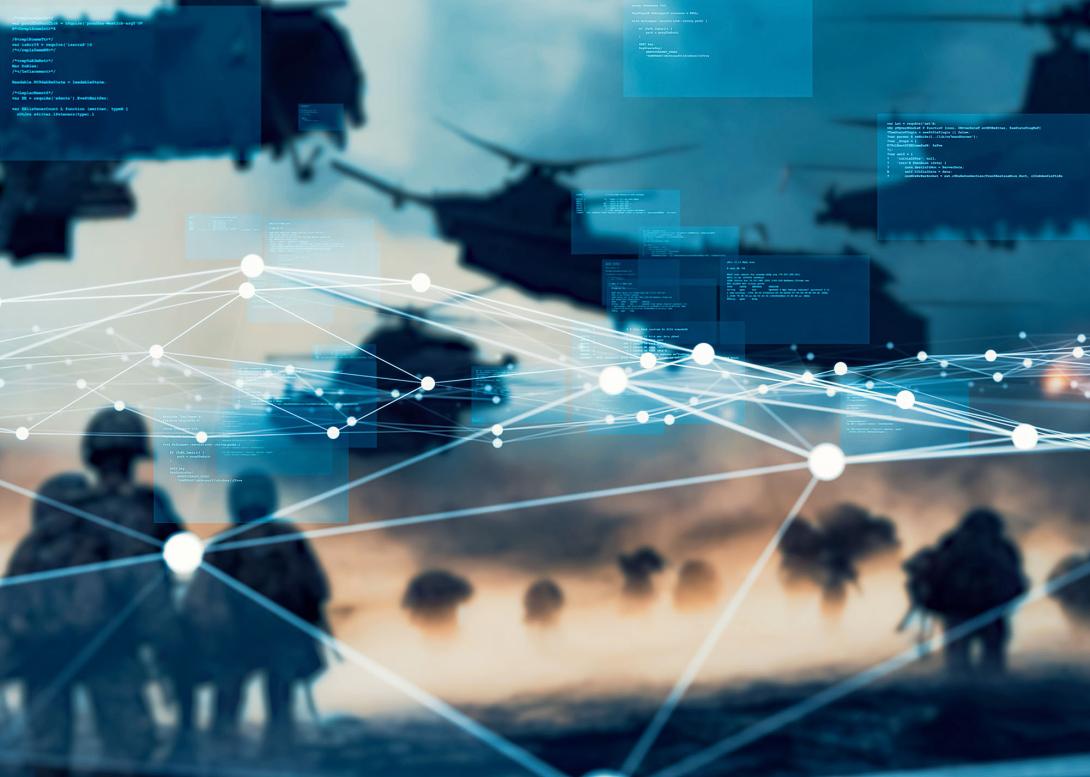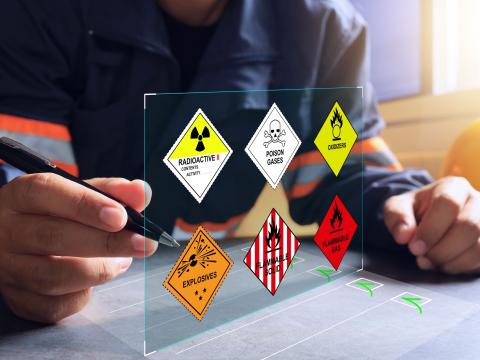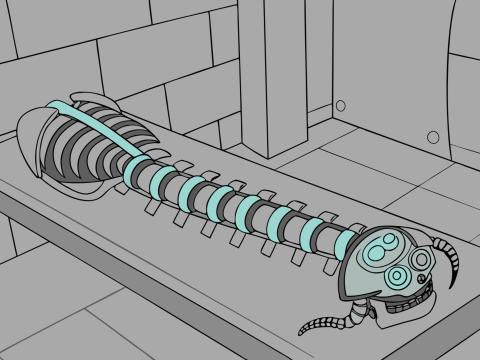President's Commentary: Persistent Experimentation Drives Army C5ISR Modernization
The U.S. Army’s modernization of command, control, communications, computers, cyber, intelligence, surveillance and reconnaissance (C5ISR) is undergoing a quiet revolution.
An operational paradigm known as persistent experimentation lies at the heart of this shift, and it likely will prove more formative than any single technology or capability. No longer confined to episodic testing or isolated labs, innovation is evolving into a continuous, soldier-informed process blending research, development and deployment, and more rapidly delivering technologies to our warfighters.
This year marks a critical transition as the C5ISR Center moves to a dedicated persistent experimentation environment to rapidly mature C5ISR capabilities, an Army article explains. Persistent experimentation enables projects to experiment, refine, demonstrate and adapt before going to large-scale Army events, such as Project Convergence, for further maturation and integration.
The secretary of the Army, G6, chief information officer, Futures Command, C5ISR Center, program executive offices, program managers and others contribute to this historic transformation through initiatives like the 2025 Network Modernization Experiment (NetModX), which embeds emerging technologies into operationally relevant environments for real-time evaluation. This model of operationalized research and development ensures that innovation is technically sound, mission-relevant and soldier-centric.
Rather than waiting years for systems to reach the field, the Army now integrates soldier feedback into the earliest development stages, an approach that mirrors industry’s agile development, featuring iterative design, rapid prototyping and user input. As a result, technologies are not just tested; they co-evolve with our warfighters.
Persistent experimentation also reshapes Army acquisition. Traditional models often prioritize perfection over speed but are giving way to more agile, data-driven decision-making. This evolution reflects Futures Command’s vision of continuous transformation, where acquisition is no longer a linear process but a dynamic, feedback-rich ecosystem. Persistent experimentation directly affects acquisition decisions, enabling earlier pivots, smarter investments and reduced risk of fielding irrelevant or obsolescent systems.
Modern battlefields are no longer defined by the dominance of individual platforms or weapon systems but by the resilience and adaptability of the networks that connect them. C5ISR modernization accelerates this shift, emphasizing interoperable, software-defined architectures that can thrive in contested, congested and denied environments.
This network-centric approach is not just about speed or bandwidth—it’s about data-driven decision dominance. The ability to sense, process and act faster than the adversary determines who has the decisive advantage on the battlefield in both the physical and cyber domains. Persistent experimentation enables the Army to test ever-evolving and converging capabilities under realistic conditions, ensuring that networks are not only fast, but smart, secure and survivable.
As artificial intelligence (AI), autonomy and edge computing mature, the Army is moving beyond automation toward true human-machine teaming. Persistent experimentation plays a critical role here, allowing developers to explore how machines can augment—not replace—human cognition in complex, high-stakes environments.
For its overall modernization efforts—not just C5ISR—the Army has initiated Synchronized Persistent Army Experimentation (SPARX) to streamline the process for industry to participate in Army experiments. SPARX creates a catalogue of technologies and tracks expert assessments, outcome maturation and technology progression.
Whether it’s AI-enabled mission planning, real-time threat detection or enhanced situational awareness, the goal is to create intuitive, trustworthy and adaptive systems that enable faster, more informed decisions. By embedding such technologies in soldier workflows early and often, the Army can ensure that new technologies enhance, rather than hinder, operational effectiveness.
C5ISR modernization is no longer just a matter of fielding better radios or faster sensors. It’s about building an enduring innovation ecosystem that continuously evolves in response to operational needs, technological advances and adversary adaptations. A special notice on SAM.gov explains that SPARX is a collaborative process between government and industry partners, enabling collective innovation for modernization.
Persistent experimentation is the engine of modernization. It enables the Army to move faster, decide smarter and adapt continuously. In an era where the pace of change itself becomes a strategic variable, this approach may prove to be the most important modernization effort of all.





Comments